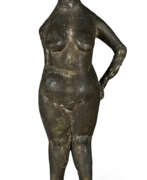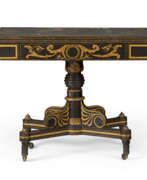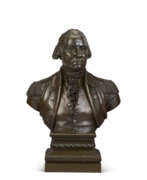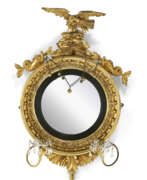Classicism

Classicism
The Classicism, an artistic style that reveres the principles of ancient Greek and Roman art, remains a cornerstone in the world of art and aesthetics. This style, characterized by harmony, proportion, restraint, and balance, takes inspiration from the cultural richness of ancient Greece and Rome, spanning from the 8th century BCE to the 5th century CE. It marks a significant era in art history, highlighting themes, techniques, and subjects from these classical civilizations.
Throughout various historical periods, classicism has seen numerous revivals and transformations, notably during the Renaissance, the Age of Enlightenment, and the 19th century. Each period interpreted classicism with its unique lens, adding layers of depth to this enduring style. The Renaissance, for instance, saw a resurgence of classicism, blending it with the medieval to create a harmonious blend of old and new. Artists like Michelangelo and Leonardo da Vinci drew heavily from classicism, using principles of mathematical proportions and realism to create their masterpieces.
The Age of Enlightenment further built upon these ideas, influenced by new scientific discoveries and a renewed sense of liberation reminiscent of ancient Greek society. This period saw a shift from the ornate Baroque style to a more restrained classical approach, emphasizing formal balance and clarity in art.
In sculpture, classicism is epitomized by the idealized human form, as seen in iconic works like the Venus de Milo and the Doryphoros. Greek sculptures, particularly from the Hellenistic period, focused on an idealized form, whereas Roman sculptures leaned towards realism. The difference in styles between these periods is evident in the evolution of sculptural techniques and subjects.
Classicism's influence extends beyond visual arts to encompass literature, architecture, and music. It established a standard of beauty and proportion that continues to inspire artists and scholars. The study of classical languages and art forms became integral to education, reinforcing the style's enduring legacy.
For art collectors, auctioneers, and experts, classicism offers a window into the foundational aesthetics of Western art. Its influence is visible in numerous museums and galleries worldwide, showcasing the timeless appeal of this classical style.
For those intrigued by the enduring beauty of classicism and its impact on art history, signing up for updates is a great way to stay informed about new discoveries, sales, and auction events related to this fascinating artistic style. Remember, this subscription is specifically tailored to provide insights into the world of classicism in art.
| Country: | Europe, France, Russia |
|---|---|
| Start of the period: | XVII century |
| End of the period: | XIX century |















